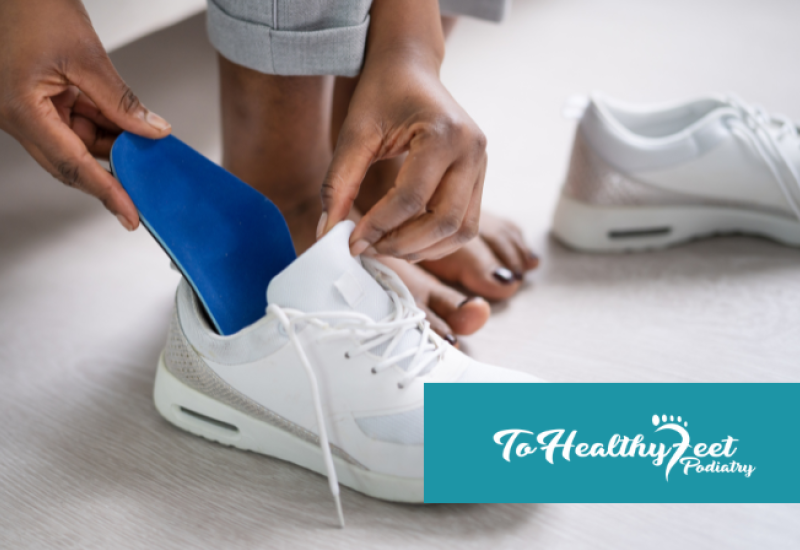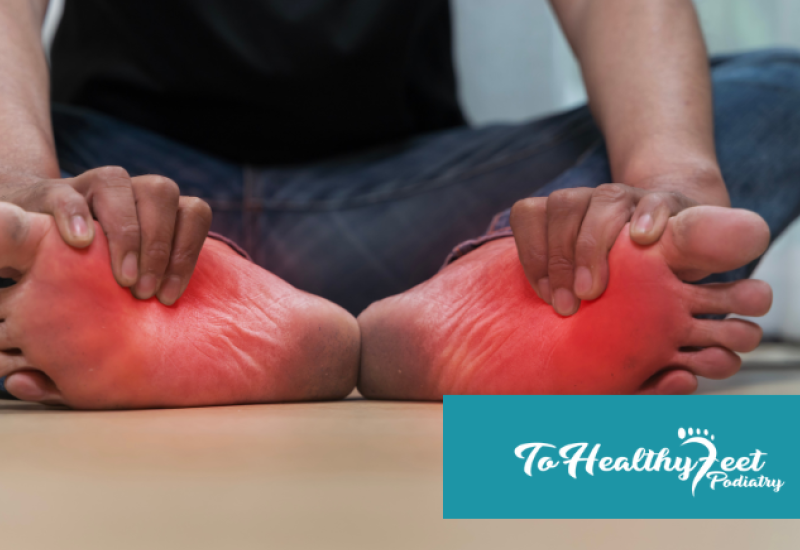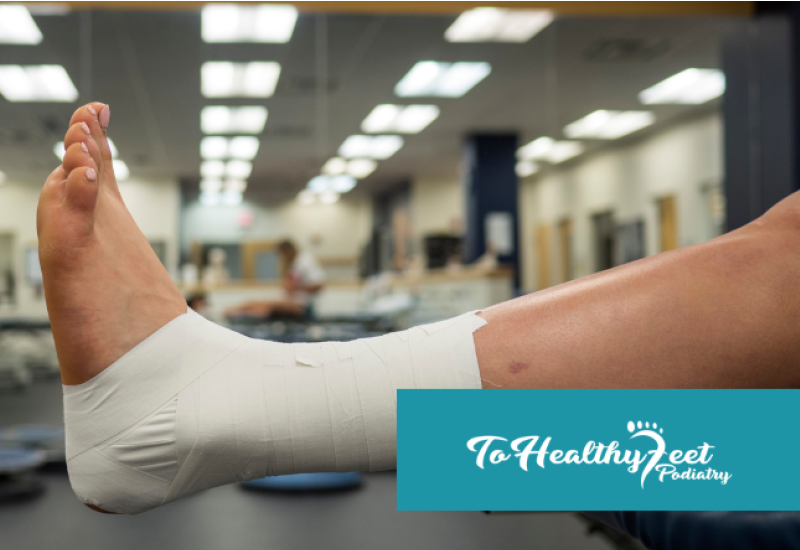How To Protect Your Feet At The Beach
Wear Appropriate Footwear:
When heading to the beach, it may be tempting to go barefoot or wear flip-flops, but these choices can leave your feet vulnerable to injuries. The sand can conceal hidden hazards like broken shells, sharp rocks, or even broken glass. To protect your feet, opt for sturdy water shoes or sandals with rubber soles. These will shield your feet from potential cuts and infections, punctures, splinters, or burns from the hot sand.
Apply Sunscreen:
While we often focus on protecting our skin from the sun, it's easy to overlook our feet. The skin on the tops and bottoms of your feet is just as susceptible to sunburn as any other part of your body. Apply a broad-spectrum sunscreen with a high SPF to your feet before heading out. Don't forget to reapply after swimming or excessive sweating.
Stay Hydrated:
Spending time at the beach can be physically demanding, especially under the sun. Proper hydration is vital to prevent foot cramps and muscle spasms. Dehydration can cause electrolyte imbalances, leading to these painful conditions. Remember to drink plenty of water throughout the day to keep your body well-hydrated.
Beware of Jellyfish and Marine Life:
Beaches are home to a variety of marine life, some of which can be hazardous to your feet. Jellyfish, sea urchins, and sharp shells are common culprits that can cause painful stings or cuts. Stay vigilant and watch where you step. If you do get stung or injured, seek immediate medical attention and follow the proper first aid protocols.
Rinse and Dry Your Feet:
After a fun day at the beach, it's essential to wash off any sand, salt, or chemicals from the ocean. Use fresh water to thoroughly rinse your feet, paying attention to the spaces between your toes. Leaving sand or salt on your feet can lead to irritation, chafing, or fungal infections. Once washed, make sure to dry your feet completely, as dampness can promote fungal growth.
Stretch and Rest:
Walking on sand or engaging in beach activities can strain muscles and tendons that aren't typically used in everyday life. Take breaks and allow your feet to rest. Stretching your feet and calves before and after beach activities can help prevent muscle fatigue and reduce the risk of developing painful conditions like plantar fasciitis.
Avoid Walking on Hot Sand:
Beach sand can become scorching hot under the blazing sun, making it uncomfortable and potentially harmful to walk on. The high temperatures can cause burns on the soles of your feet. To test the sand's temperature, touch it with your hand or wear beach shoes to shield your feet from the heat. Consider walking on the shoreline where the sand is usually cooler.
Maintain Proper Foot Hygiene:
While it's easy to relax on vacation, it's crucial to maintain good foot hygiene. Keep your toenails trimmed to prevent ingrown toenails and potential infections. Use a foot moisturizer to prevent dryness and cracking. If you have any pre-existing foot conditions, such as diabetes or fungal infections, be sure to follow your podiatrist's recommendations to avoid complications.
Advanced Foot Care In Manhattan
By following these simple tips, you can ensure that your beach adventures are enjoyable and free from foot-related problems. Taking care of your feet at the beach is not only about preventing immediate injuries but also about maintaining long-term foot health.
The team of foot doctors at To Healthy Feet in Manhattan can expertly assess all types of foot pain and discomfort and develop a personalized treatment strategy based on the severity of your symptoms, your lifestyle, and your goals for treatment. We provide accurate diagnosis and comprehensive foot and ankle care and have the tools and technologies necessary to provide a variety of tailored treatment approaches including custom orthotics, regenerative medicine, conservative interventions, and even minimally invasive surgery (when needed) at each of our Manhattan Podiatry Clinics. If you are experiencing pain due to an ingrown toenail or any other foot or ankle condition pain, call To Healthy Feet Podiatry at 1-917-398-3668 or fill out the contact form to book your appointment at our Upper East Side, Times Square, Midtown Grand Central, or Downtown Manhattan locations today.
FAQ
Q: Can wearing flip-flops at the beach be harmful to my feet?
A: While flip-flops are convenient and easy to slip on, they may not provide adequate protection for your feet at the beach. The thin soles of flip-flops can leave your feet vulnerable to sharp objects, such as broken shells or rocks, increasing the risk of cuts or punctures. Additionally, flip-flops offer minimal arch support and can strain your feet when walking on uneven or unstable sand. Consider opting for water shoes or sandals with rubber soles for better foot protection and support.
Q: How can I prevent fungal infections at the beach?
A: Fungus thrives in warm, moist environments, making the beach a potential breeding ground. To prevent fungal infections, ensure your feet are clean and dry before and after beach activities. Avoid walking barefoot in public areas, as this increases the risk of coming into contact with fungus. Consider using antifungal powder or spray on your feet and in your shoes to keep them dry and inhibit fungal growth. It's also important to rotate your footwear and allow them to fully dry between uses.
Q: What should I do if I step on a sharp object or get stung by a jellyfish at the beach?
A: If you step on a sharp object, such as a shell or broken glass, immediately clean the wound with mild soap and water. Apply an antiseptic ointment and cover it with a clean bandage. Watch for signs of infection, such as increasing pain, redness, or drainage, and seek medical attention if necessary. In the case of a jellyfish sting, rinse the affected area with vinegar or salt water to neutralize the venom. Remove any tentacles using tweezers or a gloved hand and apply a cold pack to reduce pain and swelling. If symptoms worsen or you have an allergic reaction, seek immediate medical help.




